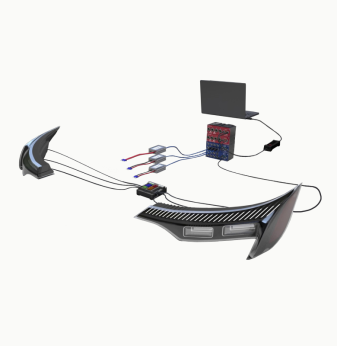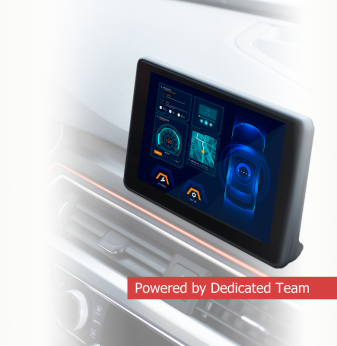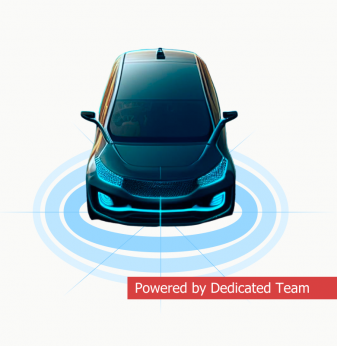AI-Enhanced Driver Monitoring Systems: Beyond Fatigue Detection
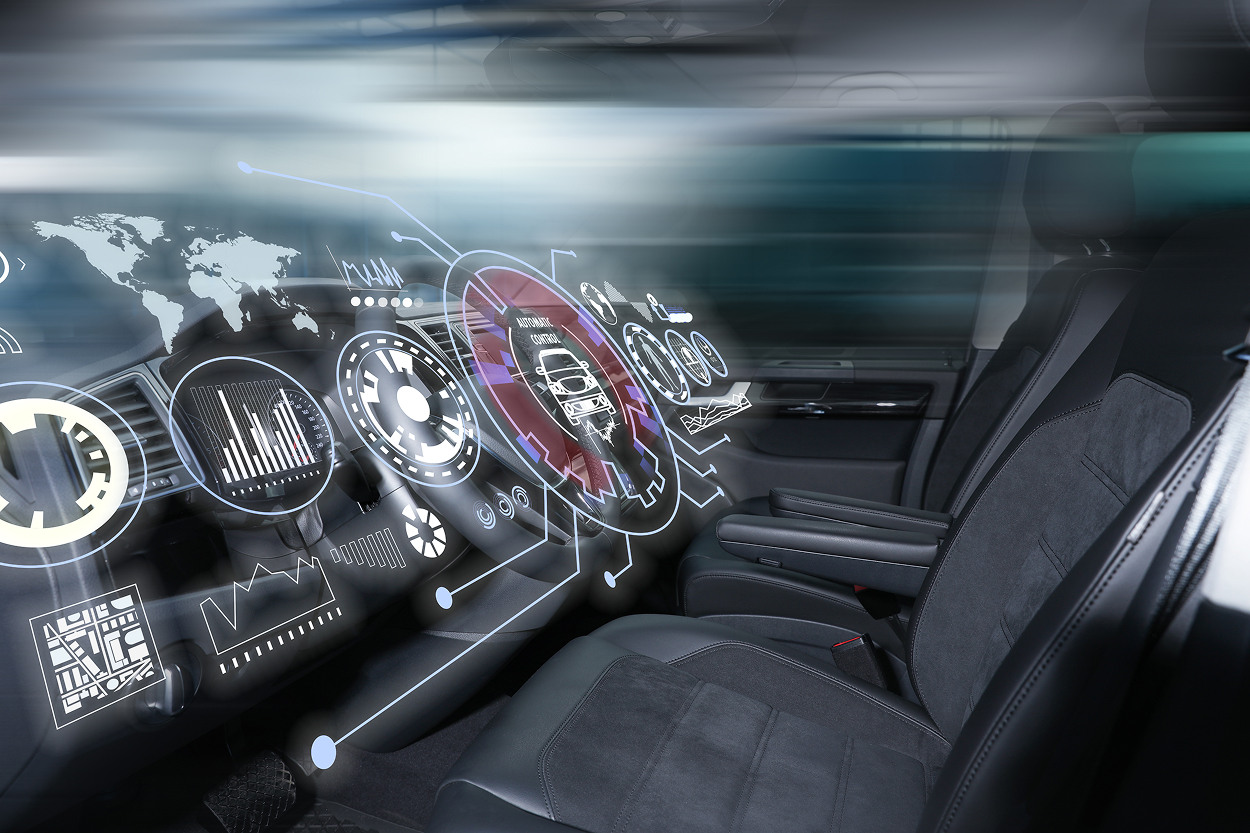
The expanding role of AI in driver monitoring
Driver monitoring systems (DMS) first gained traction as a way to detect fatigue and prevent drowsy driving accidents. Early versions relied on basic camera systems and algorithms to track eyelid closure, head position, and steering behavior. While effective in many cases, these systems were limited in scope. They could warn a tired driver but offered little insight into other risky or beneficial driving behaviors.
With the integration of advanced AI and machine learning models, DMS technology is rapidly evolving. Modern systems are now capable of assessing a driver’s cognitive load, emotional state, and even their readiness to take control in semi-autonomous driving scenarios. AI is transforming these solutions from passive safety tools into active components of the in-cabin experience.
The shift from single-purpose fatigue detection to multi-dimensional driver state assessment represents a major milestone in the automotive industry’s push toward zero accidents and enhanced user comfort.
Capabilities beyond fatigue detection
New AI-enhanced driver monitoring systems can interpret a wide range of behaviors and physiological signals.
Distraction detection is one of the most significant upgrades. AI can now track eye movement, facial orientation, and hand positioning to determine if the driver is paying attention to the road. This is particularly valuable in vehicles with advanced driver assistance systems (ADAS) where handover from automation to human control must be seamless and safe.
Emotional state recognition is another emerging capability. By analyzing facial microexpressions, voice tone, and physiological cues, AI can detect signs of stress, frustration, or aggression. This data can be used to adjust in-cabin environments, such as modifying lighting or music to calm the driver, thereby improving comfort and reducing risky behavior.
Personalization is also playing a larger role. Some systems remember driver preferences for seat position, climate settings, and infotainment layouts. AI enables automatic adjustments based on who is behind the wheel, identified via facial recognition or voice authentication.
Key questions for deploying next-generation DMS
- What types of sensors and processing hardware are best suited for AI-driven monitoring without increasing system cost excessively?
- How can driver monitoring systems be integrated with ADAS to ensure smooth human-machine collaboration?
- What are the privacy implications of storing and analyzing biometric and behavioral data from in-cabin monitoring?
- How can automotive OEMs ensure that AI models used for monitoring are unbiased and accurate across diverse driver populations?
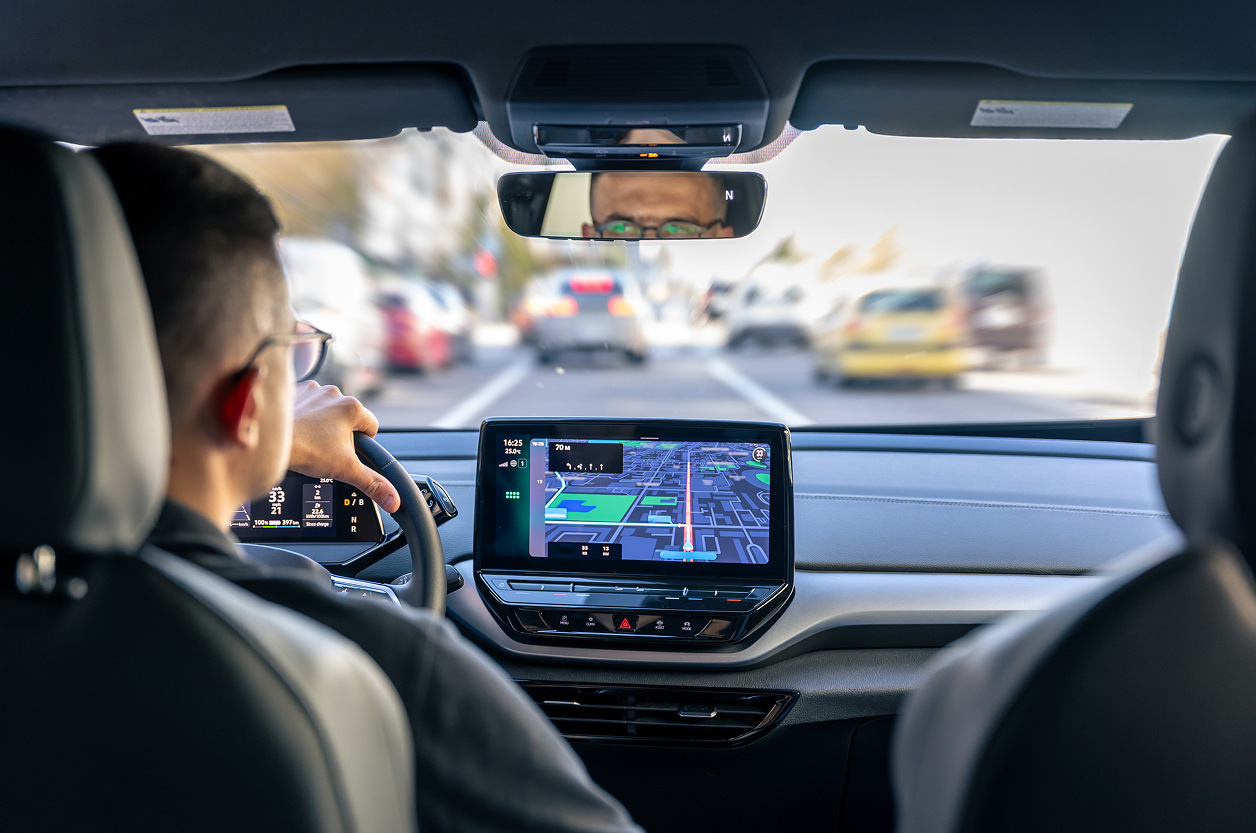
Real-world examples and industry trends
Several leading automotive brands have begun rolling out AI-enhanced DMS in their newest models. In high-end electric vehicles, these systems are deeply integrated with the autonomous driving stack. For example, when the driver shows signs of distraction, the system can reduce autonomous mode complexity by limiting certain maneuvers, making it easier for the human to re-engage.
Fleet operators are another group benefiting from these advancements. AI-based driver monitoring allows for continuous driver performance tracking across logistics networks. This not only enhances safety but can also reduce insurance premiums through better risk profiling.
In public transport, AI-driven DMS helps ensure that bus and train operators remain alert and focused, reducing the likelihood of accidents in crowded urban areas.
The future of AI in driver monitoring
Looking ahead, AI-enhanced driver monitoring systems will likely move toward full in-cabin occupancy monitoring. This means tracking not only the driver but also passengers, identifying seat belt usage, child presence, and even detecting unauthorized occupants for security purposes.
Integration with cloud-based analytics platforms will enable real-time updates and the continuous improvement of AI models. Over-the-air (OTA) updates could add new monitoring features without requiring hardware changes.
In the long term, these systems may form part of a broader human-machine interface that adapts the driving experience to the driver’s mental and physical state. Instead of simply preventing accidents, AI-driven DMS will help make driving more intuitive, comfortable, and enjoyable.
Our Case Studies


